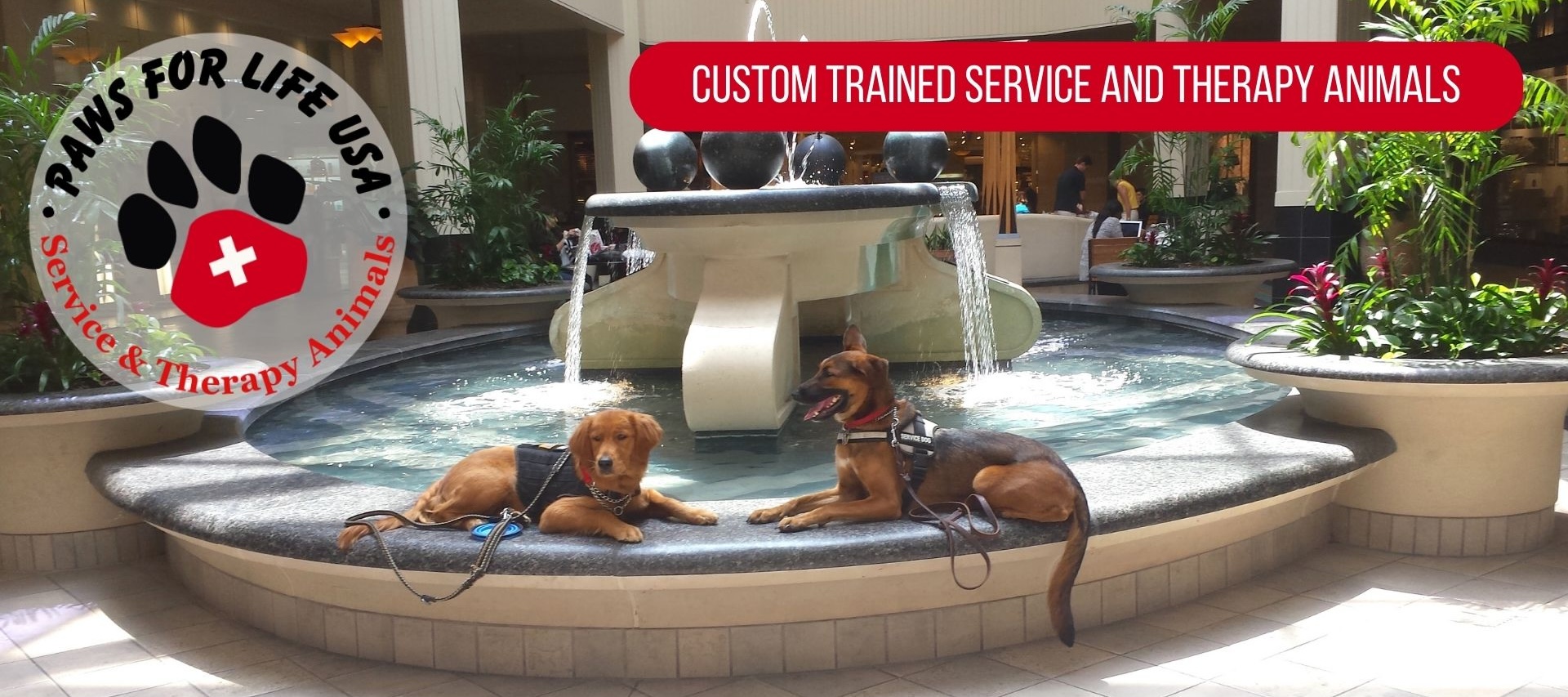
Paws For Life USA a certified Pro Pet Hero has started critical Pet First Aid/CPR Courses.
We finished the first few in 2020 and are now announcing the 2021 schedule.
Spaces fill up quickly so be sure to sign up. Due to Covid 19 we are limiting seating
to 6 people with their Service Dogs per class on a first come first serve basis. We May open up
more spaces as things progress through this year. This is open to both Paws for Life USA
teams and anyone else interested in learning the invaluable info needed for Pet First Aid/CPR
We will be updating 2024 class schedules early in the year.
| Sunday January 31st | Sunday July 25th |
| Sunday February 28th | Sunday August 29th |
| Sunday March 28th | Sunday September 26th |
| Sunday April 17th | Sunday October 24th |
| Sunday May 16th | Sunday November 21st |
| Sunday June 27th | Sunday December 18th |
THE COST:
Members: Included
NON Members $80.00
What This Course Will Provide
Of course we all hope that our family members never suffer any injuries or major
illnesses, but if the unpredictable happens, being prepared can sometimes help to ensure a
positive outcome. By the end of this course, you will be better able to identify the signs of a
life-threatening emergency, be able to quickly create a plan for when a pet emergency
occurs, and know some basic skills for limiting damage or starting treatments for some
common emergencies in dogs and cats.
You will be able to create a first aid and disaster preparedness kit and how to use
some of the important components of a kit. You will be able to recognize some common
signs of illness in your pet and how urgently these should be assessed by your veterinarian.
You will learn some basic skills on handling respiratory emergencies, or injuries such as
fractures or bleeding wounds. You will be able to describe several of the common toxins
dogs and cats may become exposed to and the initial steps for decontamination. Snakebites
or insect bites will no longer cause you to panic, and you will be able to remain calm when
faced with a minor allergic reaction. Finally, if the worst case scenario occurs, you will
learn the basic steps to performing effective CPR in a dog or cat.
What This Course Will Not Provide
Prompt and effective first aid can sometimes replace the need for veterinary care,
however in most situations described in this course, first aid is the initial care you can
provide for your pet until you can take her to a veterinarian for definitive care. If there is
ever any question about whether or not you can manage an injury on your own, you should
always seek the advice of your family veterinarian or an emergency veterinary facility.
There are a number of resources that are available to you that should be on hand when
you have doubt about the best course of action.
• First Aid & Disaster Preparedness
• General Health Tips (Recognizing normal & abnormal, Understanding vital signs & how to measure them, Heart rate, Gum color, Breathing rate & quality, Temperature, Normal behaviors.)
• General Malaise (Vomiting & diarrhea, Loss of appetite, Lethargy, Weakness or collapse, Seizures.)
• Respiratory System Emergencies (Choking, Near-drowning, Breathing problems/respiratory distress)
• Injury Care (Shock, Bleeding, Lameness, Burns, Suspected Fracture, etc.)
• Poisonings (Recognizing intoxication, Common toxins, Emergency decontamination, snake & spider bites)
• Allergic Reactions (Recognizing an allergic reaction, Anaphylaxis, General Allergies)
• Cardiopulmonary Resuscitation (CPR) (Recognizing severe illness or injury early, Recognizing the signs of cardiopulmonary arrest (CPA), Chest compressions, Rescue Breathing, When to stop CPR efforts, Preparing for pet loss & the grieving process)
We will be posting classes for 2024 early in the new year:
Things You Will Need To Bring:
A large open mouth stuffed dog and or cat
A Towel
We will provide:
Rolled Gauze
Three Gauze squares
Nylon leash
Splints
Newspaper
Cotton Ribbon
Plastic medicine syringe
Handlers with Paws For Life USA Service or Therapy dogs are welcome to bring them for participation. Remember if your own dog will not let you split their leg then you will need to bring a stuffed toy dog to use as your patient. We suggest you err on the side of caution and bring the stuffed dog. Prefer open mouth something like this :




 CLICK HERE FOR
CLICK HERE FOR